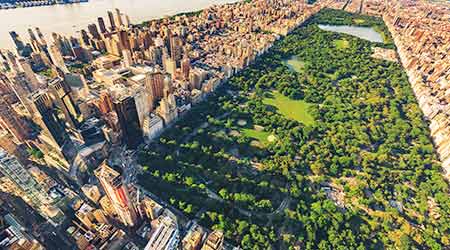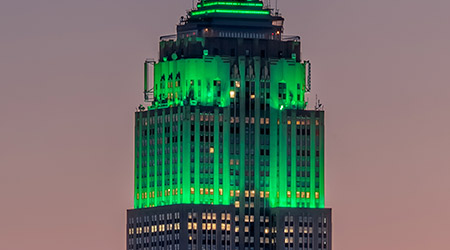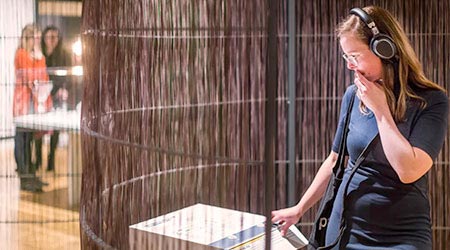
Green Spaces and Facility Image
June 5, 2018
Green spaces play a huge role in creating first and lasting impressions of institutional and commercial facilities among building occupants, visitors and the general public. In addition to turf areas, flower beds, hedges and trees combine to create an image for a facility and organization, and they can play a role in the way building occupants feel and work.
The same is true for municipalities. Park spaces in urban areas go a long way in creating an image of a city and in affecting the way residents and visitors view the area.
Read: Designing Landscapes for Maintenance
By one measure of a city’s parks, Minneapolis has the best park system in a major city in the United States for the third year running, according to the recently released ParkScore from the Trust for the Public Land. It outscored rival city St. Paul by just a few points, ranking higher on both park access —the percentage of residents within a 10-minute walk of a park — and park acreage — the percentage of city area dedicated to parks.
St. Paul outscored Minneapolis on amenities, but it was not enough to push it to first. Close behind the Twin Cities were Washington, D.C., in third place, and Arlington, Va., in fourth, according to Next City.
Read: Designing Hardscapes with LEED in Mind
The Trust for Public Land has been running its annual ParkScore rankings for seven years, ranking cities on park access, amenities, acreage and per-capita spending on parks. This year, the trust updated its algorithm to include splash pads and restrooms as amenities, and it added volunteer hours and charitable contributions to its calculation of parks spending. This provides “a ranking boost to cities whose residents strongly support their park systems,” according to the trust.
ParkScore also ranks cities on their park acreage. But since land is often limited in cities, improving this metric is challenging. Chicago, which rose from 11th on the list in 2017 to 8th in 2018, increased its park acreage by working with school districts to redesign school grounds into green areas with gardens and play spaces. The revamped spaces capture stormwater to reduce flooding, serve as outdoor classrooms for students and are open to the public outside of school hours.
This Quick Read was submitted by Dan Hounsell — dan.hounsell@tradepressmedia.com — editor-in-chief of Facility Maintenance Decisions, and chief editor of Facilitiesnet.com.
Next
Read next on FacilitiesNet












